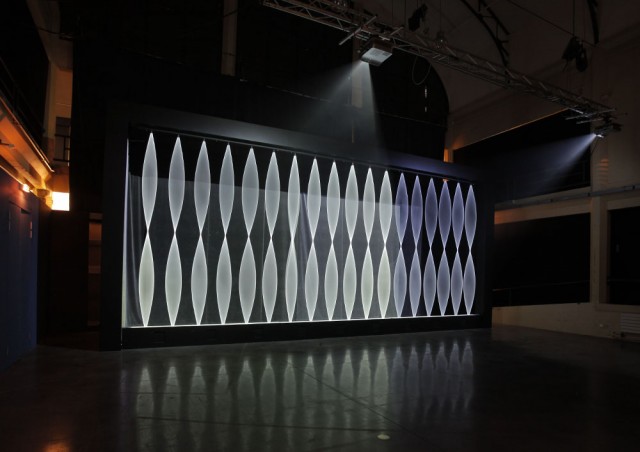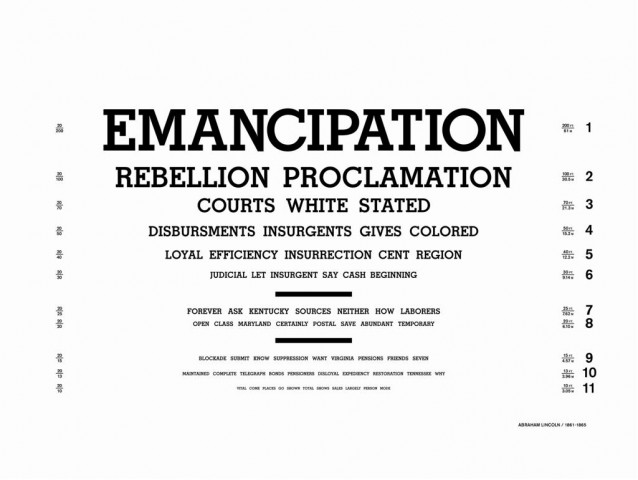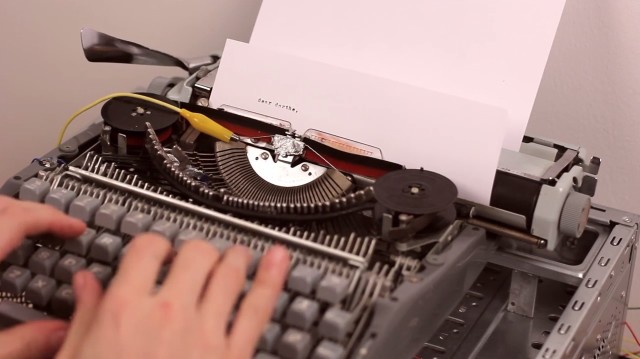Looking Outwards
Looking Outwards
What inspired ME
Smile TV from David Hedberg on Vimeo.
I really liked the concept and the execution of smile tv, a piece by David Hedberg which is essentially a TV that only functions when the viewer is smiling. For one thing, I that that conceptually, the simplicity of the piece really works to make it both endearing and interesting. Even while watching the piece I found myself smiling. Personally, I really like artwork that is interactive in that sense and I especially enjoyed watching the reactions of people as they used the piece. In addition, what I really admired about the piece is that it uses just one really simple function of FaceOSC which is the function that tracks the movement of the lips. As a piece, I think it is really successful in the way it works to make the viewer an essential part of the piece. Also, having one chair makes it a really intimate piece, between the viewer and the tv. I’m of two minds when it comes to this. For one thing, I do like how intimate it makes the because, however because watching tv is such a communal for me-I always watch with my family or friends—I’d like to see a piece that only works when everyone is smiling while watching it. Overall though I was just really drawn to the piece and I really like it as a whole.
http://www.creativeapplications.net/maxmsp/smile-tv-works-only-when-you-smile/
What surprised Me
SoundAffects: Behind the Scenes from Tellart on Vimeo.
The first thing one might come to know about me is I’m not really musically inclined. When I say this I don’t mean I don’t enjoy listening to music, but that when it comes to notes, or levels, I’m essentially tone deaf which makes me especially clueless to the idea of mixing sounds together. SoundAffects, a collaboration between Parsons the New School for Design, Tellart and mono, is a piece I wouldn’t have thought of in my wildest dreams. Basically it essentially translates the sounds of street activity into music that people passing by can listen too on their headphones. A data visualize also translates the vsuals into audio that goes along the music online. It’s a really interesting idea and I even liked some of the sounds complied by it. The only thing I would really critique is the presentation of the piece. When you are listen to the sounds you are looking at a white wall that says sound effects. You’re not looking at the city or the environment, which I feel is an essential part of the piece seeing as it wishes to change your perceptions of your environment. I think if the wall were in a position where you could look around better, or if it was even made out of glass so you could see through it, it would work to create visuals for the piece rather than having to rely on a computer to do so.
http://www.creativeapplications.net/maxmsp/soundaffects-maxmsp-sound-arduino/
What could do better
Voice Lessons from AudioCookbook.org on Vimeo.
John Keston’s piece Voice Lessons is a visual and digital piece that reacts to the touch of the user as they move up, down and left and right on the screen. As a whole, I really like the way the voice changes seamlessly according to the touch. The visuals also surprisingly transition seamlessly along with the shift in tone. The sounds made as the user moves along the screen are really eerie and unsettling. With that said I don’t know why I find this piece a bit disappointing. I suppose I expected it to be something that also interacts more with the viewer than it does at this point. I think that this surprisingly low amount of interactivity is what makes the piece disappointing .I don’t know if technologically this is a viable option but if the viewer’s voice could play a roll in the piece I think that would be really interesting. Also, if find the position in which his father(the instructor), begings to be odd. He begins looking away from you but turns to face you when you touch him. I think just having him continuously facing the viewer might be a better approach.
 Tripwire by Jean-Michel Albert and Ashley Fure
Tripwire by Jean-Michel Albert and Ashley Fure


